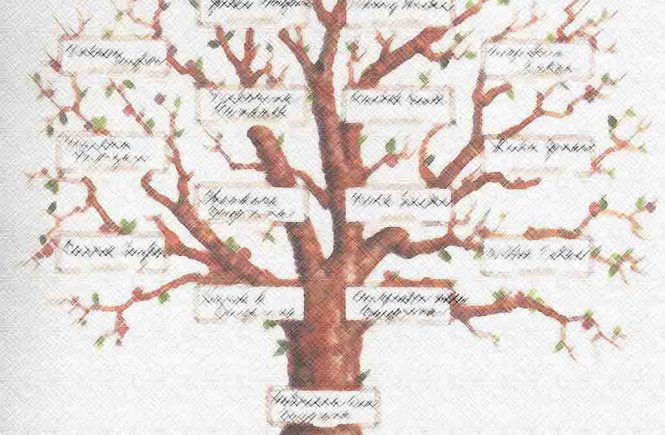Cornelius Loos, King James the First of England (who authorized the King James version of the English Bible); Charlemagne, Emperor of the Holy Roman Empire (also known as Charles the Great); Rurik, Ruler of Kievan (Kiev) Russia; Erik the I Ejegod, King of Denmark; King Henry the VII; Nicholas the II Romanov, Czar of Russia; Anastasia, his well known famous daughter and her siblings, the question we may ask ourselves is, “What do all these people have in common?” The answer simply is this, they are all related through common ancestry. The question then becomes, “What do we, the Granholms and Esselstöms and our descendants, have in common with all these people, again, the answer is simply this, we are all related.
It is a simple answer that has profound meaning. A simple answer that can take many twists and turns, making the journey we all will travel on in our lives much more complicated than just the answer that we all are related. The journey will take us back in time to when kings ruled countries and warriors invaded neighboring countries, when one man, Charlemagne, ruled the entire Western Europe.
How is it possible, you may ask, that we, as just ordinary common citizens, are related to kings, rulers of countries, princesses, presidents, famous writers and artists and composers? How is it that we are related to King James the First of England, who in 1604 convened the Hampton Court Conference, who authorized the King James Version of the Bible we all read today? Pick up any King James Bible, and there on the inside you will see the name of one of our relatives, King James the First.
Who has not heard or read about Nicholas II Romanov, Czar of Russia, who was executed by the Bolsheviks on July 17, 1918 along with his entire family. Or the story of his daughter Anastasia, about whom much has been written because the rumor persisted that she had survived the execution. I am the 27th cousin of Nicholas II Romanov; Kris, John, and Karin are the 28th cousins to his children, Anastasia and her siblings; distant relatives to be sure, but nonetheless, we share a commonality in ancestry.
As you, our descendants, look through these lineages, you will see where you fit in, in this tapestry of colorful fabric woven by our common ancestors so many years ago. You then will see how it is possible for you to be related to kings, warriors, princesses, artists and presidents, a lineage, I dare say, that not many people can say are theirs.
As we grow older there becomes an urgency in doing the things we want to be remembered for. Kings do not rule forever, artists do not paint forever, writers do not write forever, sculptors’ hands do not sculpt forever. No more geat symphonies resonate in the minds of composers. Eventually their hands lay idle in their laps, to create no more. There are no more countries to conquer, the vision the artist sees and transfers to the canvas has faded, now only seen through shadowy lenses, the mind that brought forth great works of literature struggles with daily thoughts, the hands and fingers that sculpted masterpieces out of raw marble are twisted. The mind of the composer now only plays symphonies we still listen to today, while he slowly sways back and forth, his hands directing an unseen orchestra. All these great people now relive over and over their youthful years only in the shadows of their minds.
Thus, we work with an ever increasing urgency during the passing of time to make our mark on the world so our descendants can take over for us and continue that which we started. We are our ancestors, what was in them is in us, what is in us is in our future generations, that we cannot undo. So take this journey back in time with us and revel in the greatness of a legacy that includes kings, warriors, princesses, world visionaries, composers, authors, presidents, statesmen, artists, inventors, and last, but not least…you.



